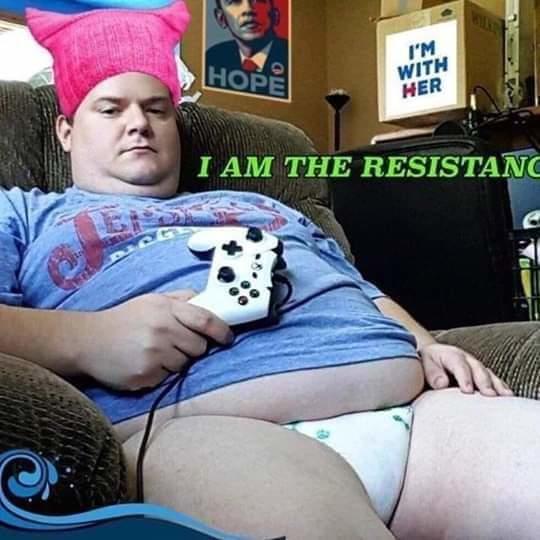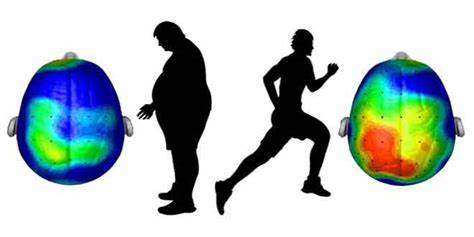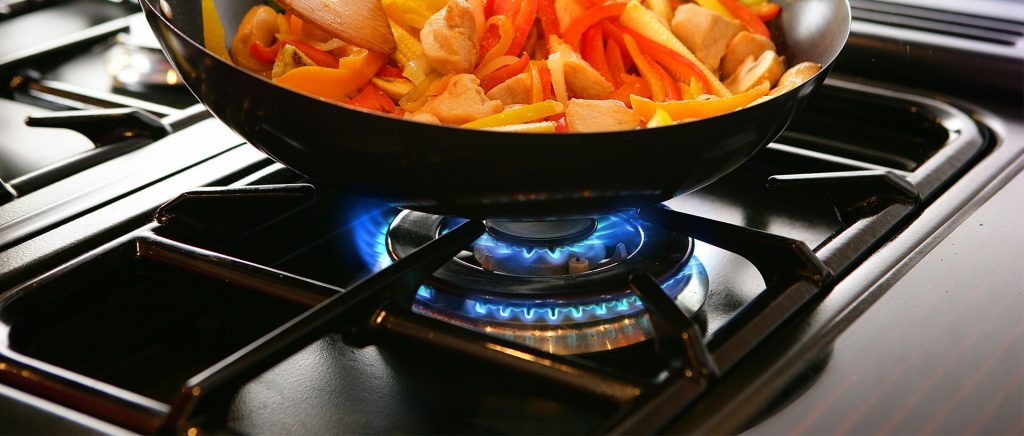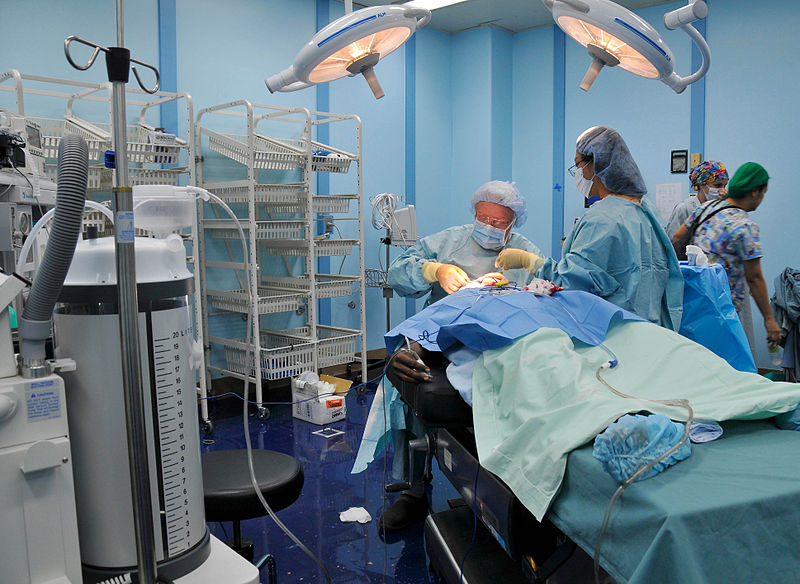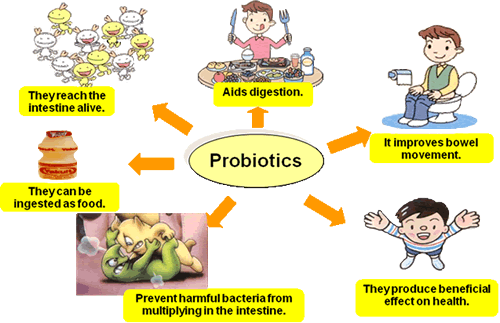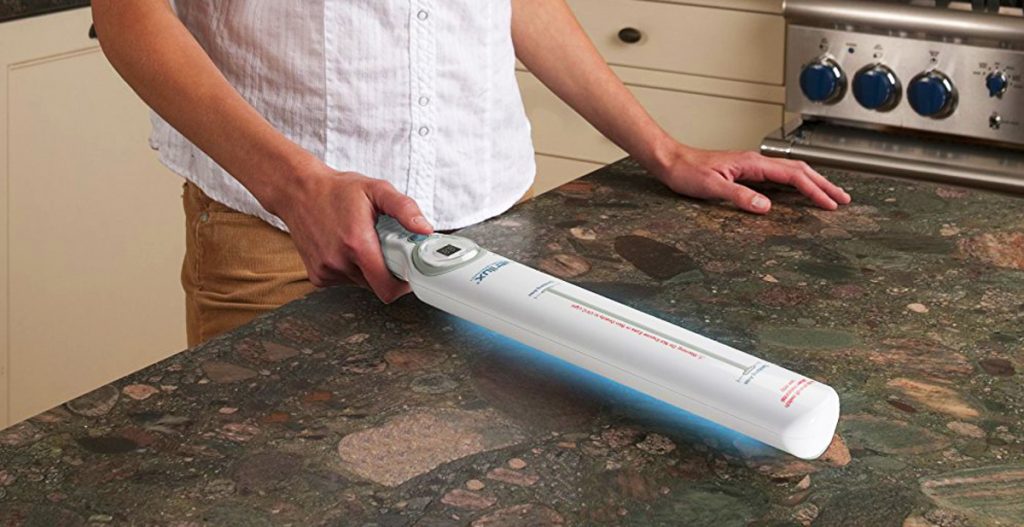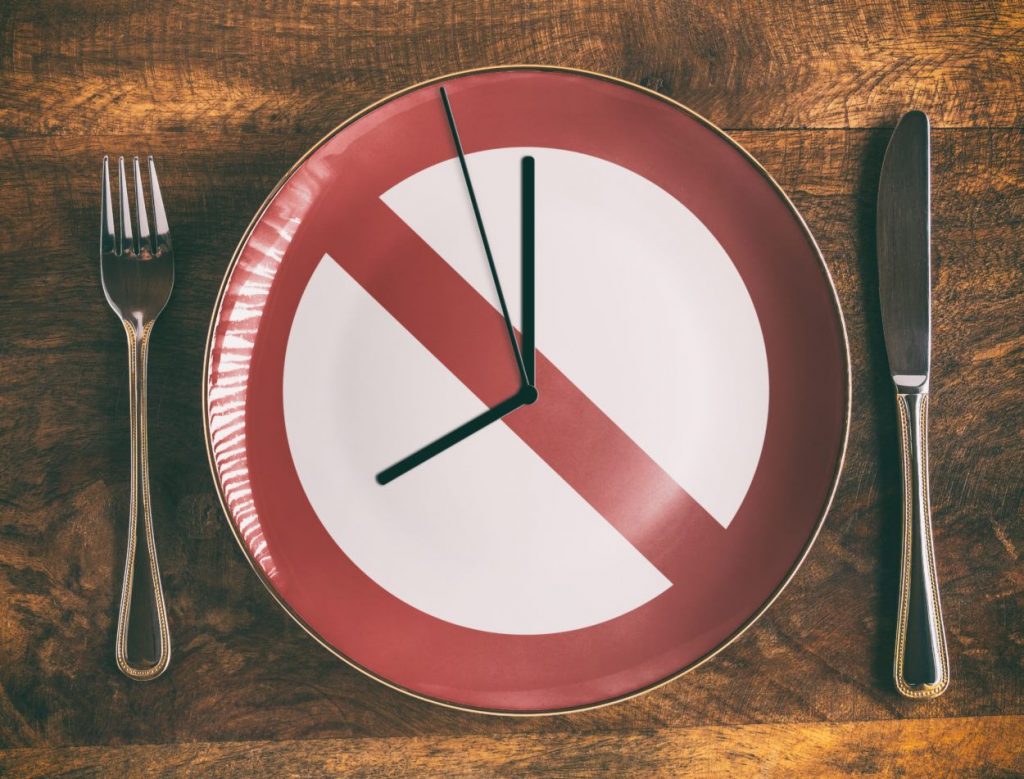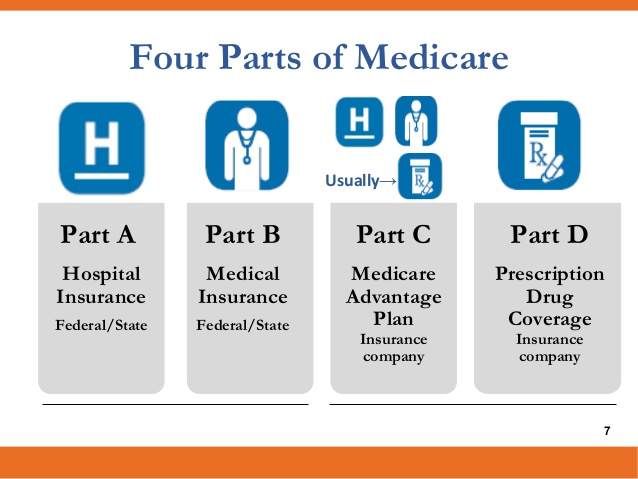by Kelly R. Smith
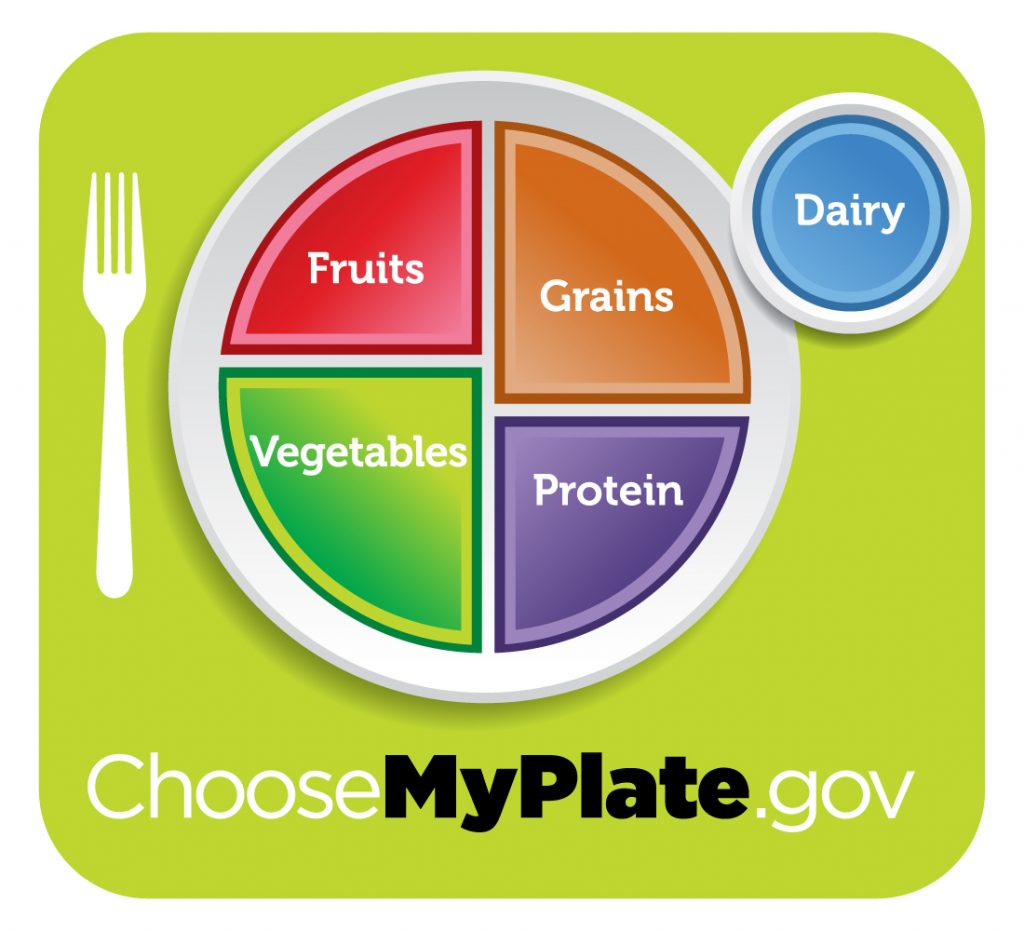
|
You might think, like many people, that losing fat weight is always about specific food deprivation and sticking to a banned list. Generally, the list consists of foods that you love the most. Strategies like intermittent fasting really do work; I’ve been doing it for a couple of months and have lost over 10 pounds. But frankly, it’s just not for everyone. But what if I told you about some delicious foods that are assumed by some to be on the banned list but shouldn’t be? Well, it’s true.
Make the Switch Back to Whole Milk
Dairy fat bad; 2% good. Right? So everyone says. In a study by the American Journal of Nutrition, they concluded that, “We observed that higher intakes of high-fat dairy products but not of low-fat dairy products were associated with less weight gain,which seemed to be driven by intakes of whole-fat milk and butter.”1 Why is that? Essential fatty acids are removed when the milk is skimmed. This is the component that can help you feel fuller more rapidly and stay full longer with full fat products, which cuts down on habitual, excessive overeating. Also, when individuals reduce the fat in their diets, they tend to replace it with sugary beverages and other refined carbohydrates.
Spreads Made From Nuts
Peanut butter, Nutella (chocolate hazelnut), and other nut-based favorites deliver healthy fats and an impressive amount of protein and fiber, as well. Peanut butter offers a blend of 8 grams of protein per 2 tablespoons along with 2 grams of fiber. The Harvard Gazette reported regarding a study, “The regular nut-eaters were found to be more slender than those who didn’t eat nuts, a finding that should alleviate fears that eating a lot of nuts will lead to overweight.”2 The best way to get nuts into your diet other than toast spreads for breakfast is snacking on a couple spoonfuls of nut butters in between meals to control your appetite. That’s good news for me!
Pasta Is Your Friend
Low-carb diets like the Atkins and Ketogenic diets will help you lose weight lightning-fast, but they have their own issues. They are not really “lifestyle” diets; they are restrictive and what about when you eat out? They rely on ketosis, a normal metabolic process that will cause even teetotalers to blow positive on a breathalyzer test. But whole grain pasta takes a long time to digest, leaving you with a steadier source of fuel to support energy levels.
Get Cracking With Eggs
They are high up there in high-quality protein, healthy fats, and essential vitamins and minerals. They are a low-calorie, nutrient-dense food when it comes to both snacks and meals, such as a big omelet. They come in at just 70 calories each so there’s no reason not to enjoy the whole egg, yolk and white combined (shell excluded of course). Yes, egg yolks are a significant source of your dietary cholesterol, but recent studies have now proven that dietary cholesterol has less of an effect on blood cholesterol than was once thought. The most recent evidence suggests that eating whole eggs (in moderation) is safe, and some studies even demonstrate that they may assist in your weight loss when they are eaten in lieu of refined carbohydrates.
Chicken on the Dark Side
You should remove the skin but dark meat poultry (leg and thigh) tends to be more tender, juicy, and rich in flavor than its white meat counterparts. This requires not only less butter or oil to cook it up with, but also less of your favorite sauce or creamy condiments that your breast meat requires. To make things even better, it’s a great source of lean protein that will leave you more satisfied at meal time, so you will be less likely to overeat later. Chicken also makes great jerky if you have a food dehydrator.
The Decadence of Dark Chocolate
One or two squares of this rich, satisfying chocolate will reduce your stress levels and help to curb cravings for other sugar-loaded treats as well. High stress levels has been known lead to cortisol hormone spikes. These increase your appetite and emotional eating behaviors. The desirable benefits of dark chocolate (not regular candy bars) are specific to the concentration of cocoa flavonoids. These have been shown in studies to have multiple health benefits, such as improving blood flow to the brain and reducing the risk of heart disease by lowering cholesterol levels, blood sugar and blood pressure. The higher the percentage of cacao, the greater the benefits.
References
- Susanne Rautiainen, Lu Wang, I-Min Lee, JoAnn E Manson, Julie E Buring, Howard D Sesso, American Journal of Nutrition, Dairy consumption in association with weight change and risk ofbecoming overweight or obese in middle-aged and older women:a prospective cohort study, https://watermark.silverchair.com/ajcn118406.pdf
- The Harvard Gazette, Research also shows people who eat nuts weigh less, https://news.harvard.edu/gazette/story/2013/11/eating-nuts-reduces-risk-of-death/
More Trending Articles
- Intermittent Fasting – a Beginner’s Guide to Weight Loss
- Body Weight, Fat Percentage, and BMI
- How to Stop Overeating
- 10 Bad Habits That Result in a Slow Metabolism
- Habits that Sabotage Your New Year’s Weight Loss Resolution
- The 10 Most popular Diets of 2021
- Ivation 6-Tray Food Dehydrator: a Product Review
Looking for more great content? Visit our main site I Can Fix Up My Home or our partner sites:
I offer article and blog-writing services. Interested? Contact me for a quote!
Did you find this article helpful? Millions of readers rely on information on this blog and our main site to stay informed and find meaningful solutions. Please chip in as little as $3 to keep this site free for all.
About the Author:
 Kelly R. Smith is an Air Force veteran and was a commercial carpenter for 20 years before returning to night school at the University of Houston where he earned a Bachelor’s Degree in Computer Science. After working at NASA for a few years, he went on to develop software for the transportation, financial, and energy-trading industries. He has been writing, in one capacity or another, since he could hold a pencil. As a freelance writer now, he specializes in producing articles and blog content for a variety of clients. His personal blog is at I Can Fix Up My Home Blog where he muses on many different topics.
Kelly R. Smith is an Air Force veteran and was a commercial carpenter for 20 years before returning to night school at the University of Houston where he earned a Bachelor’s Degree in Computer Science. After working at NASA for a few years, he went on to develop software for the transportation, financial, and energy-trading industries. He has been writing, in one capacity or another, since he could hold a pencil. As a freelance writer now, he specializes in producing articles and blog content for a variety of clients. His personal blog is at I Can Fix Up My Home Blog where he muses on many different topics.



